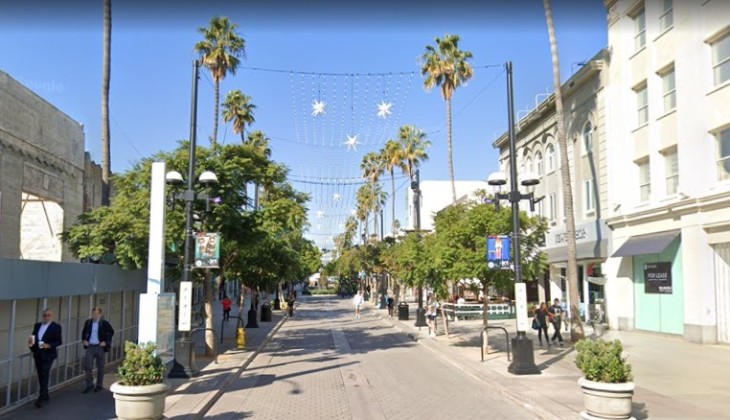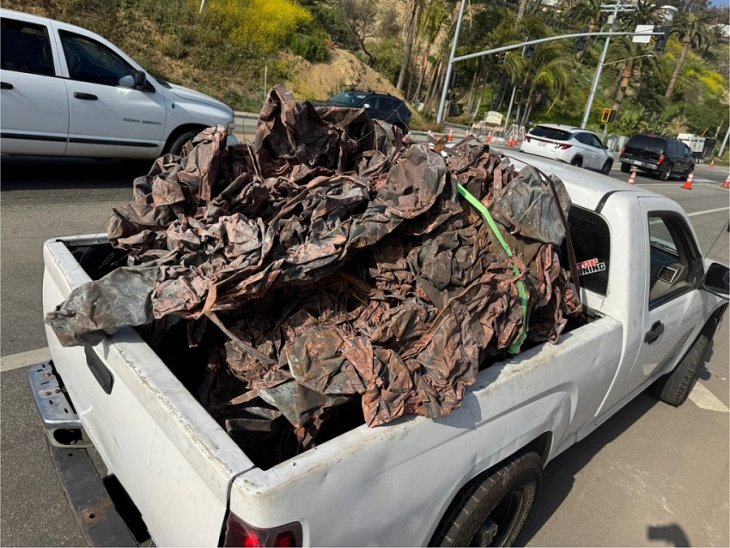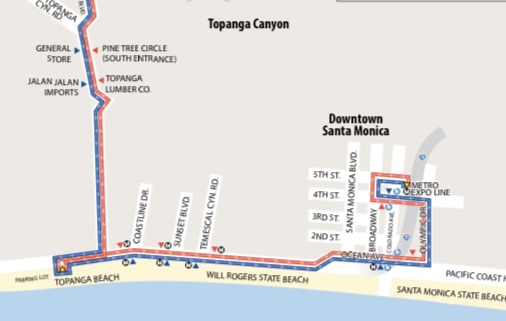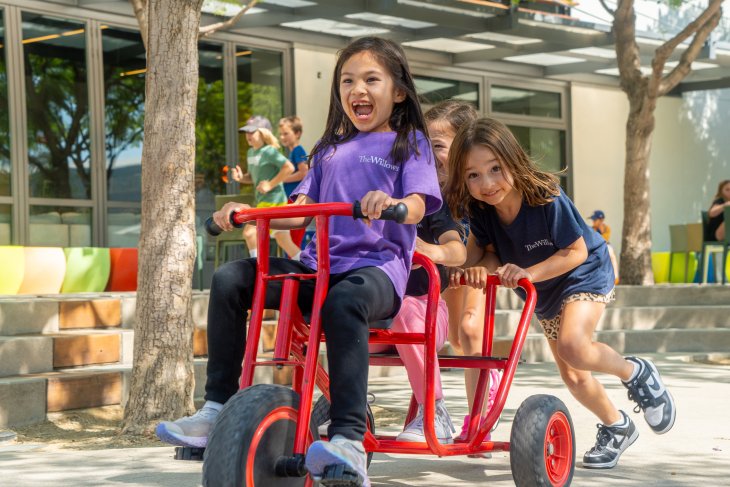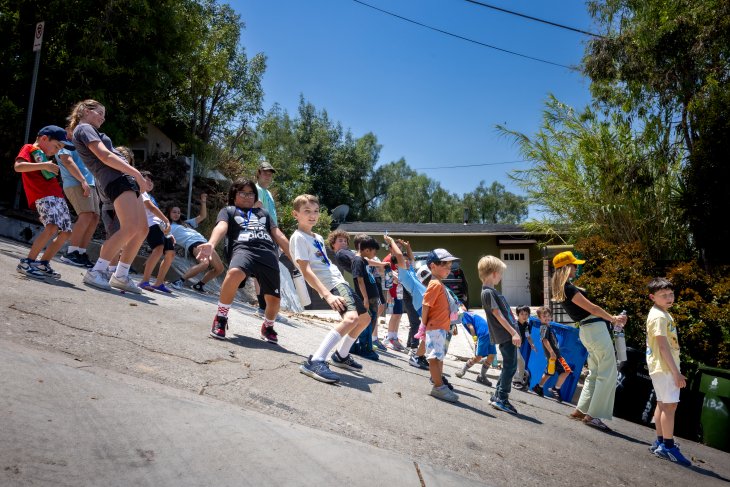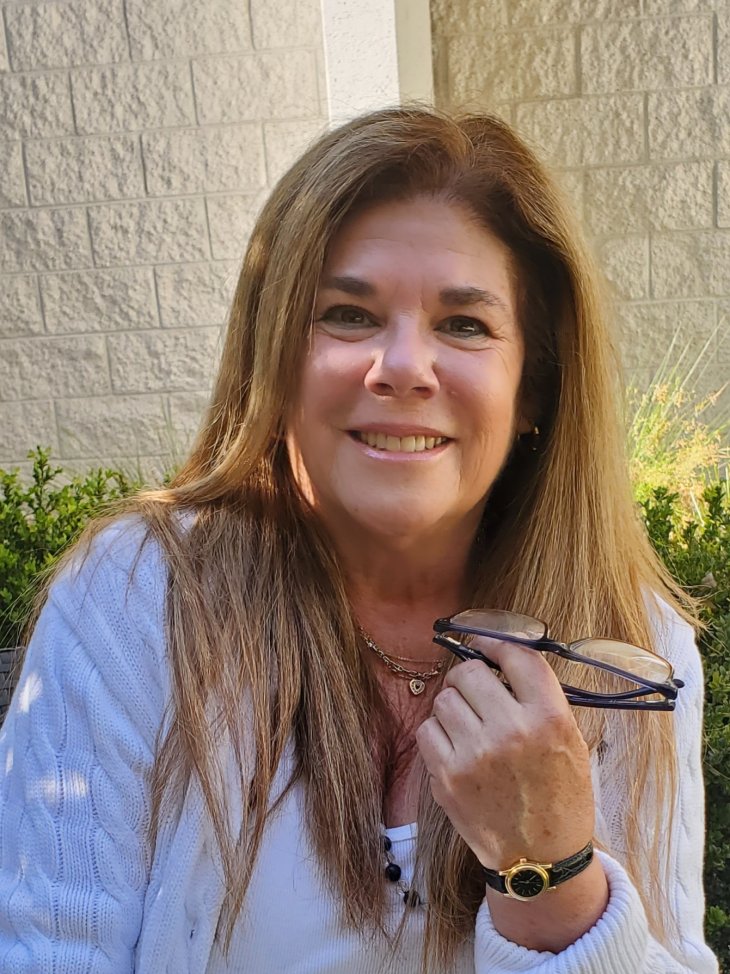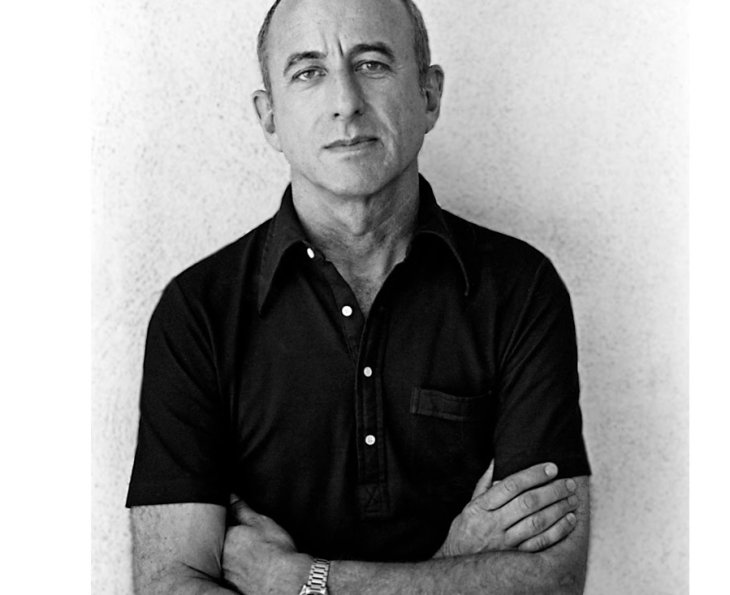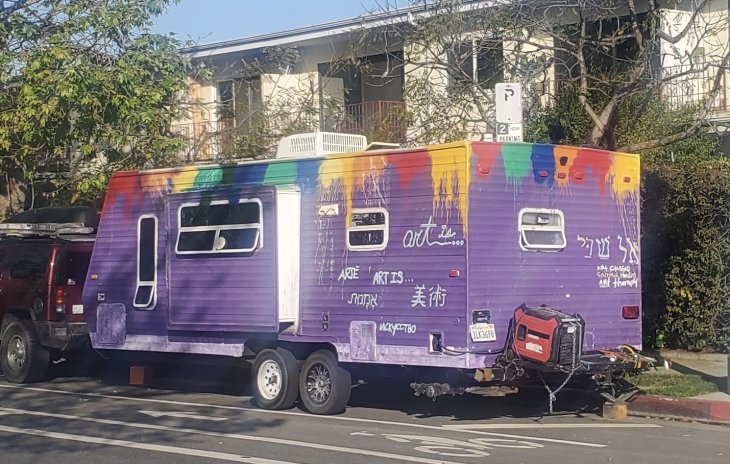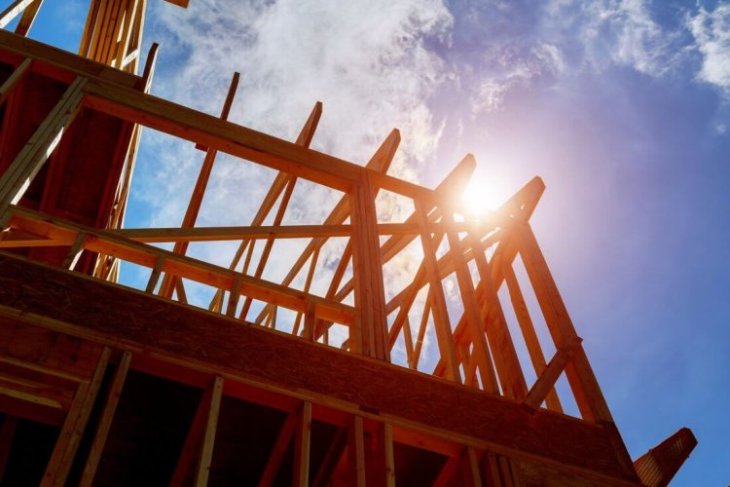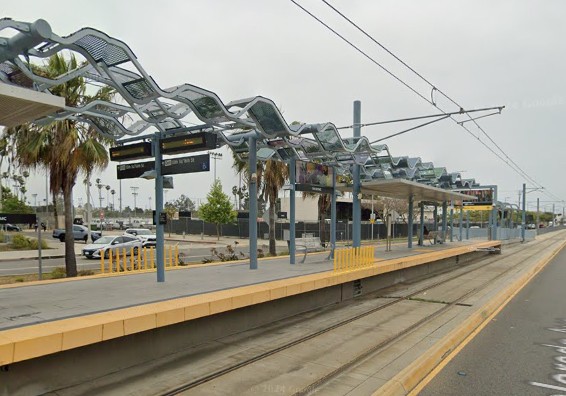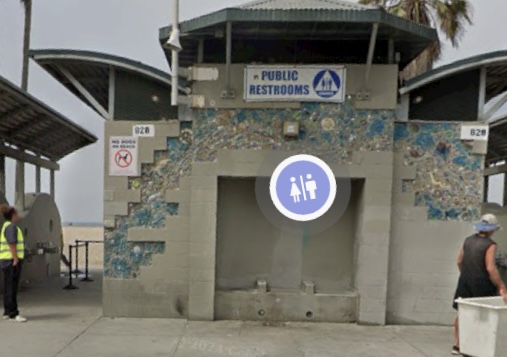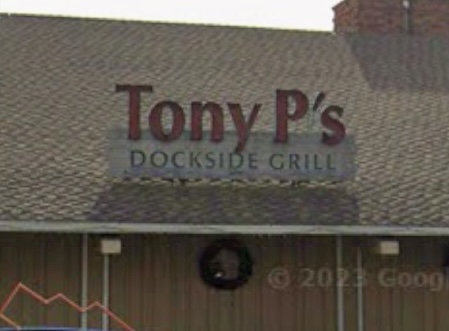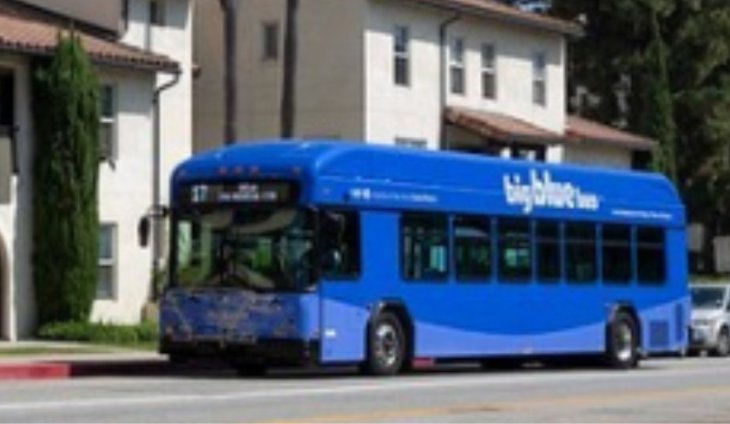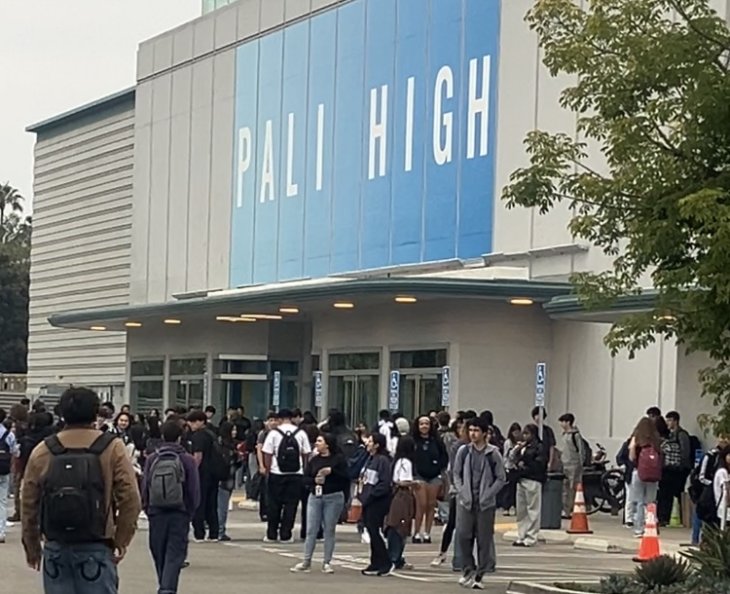Areas such as those off Topanga Canyon Boulevard from Viewridge Road to Grand View Drive, and areas off Old Topanga Canyon Road to Tuna Canyon, among others, have been cleared for partial repopulation
By Zach Armstrong
As a disabled veteran, Branden Anderson has seen several dismal scenes in combat and humanitarian zones. But none compared to Pacific Palisades.
Days after the ravenous Palisades Fire ignited, Anderson returned to the Marquez Knolls section of the neighborhood, where he had moved five months earlier, to the split-level duplex he had described to friends as having a “cute, bungalow style.” He walked on foot from Santa Monica. Along the way, he saw flattened hillsides once dense with vegetation and homes, scorched metal turning into puddles, and at least two human corpses. When he arrived, he found his abode was the same as the landscape around it: an ashy heap of rubble.
“It felt like all the happiness I accrued had disappeared,” said Anderson. “All my hobbies, all my recent positive memories, encounters and hopes for the future were there. Even right now, I still have this undertone feeling of hopelessness.”
As select sections of Pacific Palisades slowly open for repopulation, residents now face a surreal and devastating process of returning to what little may remain of their homes, searching through dust and debris in case any belongings have miraculously survived.
Areas such as those off Topanga Canyon Boulevard from Viewridge Road to Grand View Drive, and areas off Old Topanga Canyon Road to Tuna Canyon, among others, have been cleared for partial repopulation. However, access is restricted to residents only, who must present a photo ID that matches their physical address to be granted entry.
The fire, which ignited on January 7, has reached 63% containment and has consumed 23,713 acres, destroying 6,380 structures and damaging 857 more. The death toll from this fire has reached 11, with victims spread across Malibu, Palisades and Topanga.
“I could hear the ocean at night and go hiking during the day. It was good for my mental health. It healed me … Everyone who could live in Palisades didn’t want to leave and I was trying to hold onto that as long as I possibly could,” said Anderson. “I don’t know the feasibility of it, but I’ll do everything within my power to come back as soon as it becomes available,”
The emotional toll of seeing the destruction face-to-face is something thousands of Palisadians are still bracing for.
Meryl Starr, whose address has yet to be included for repopulation, was sent photos of what remained of her Via Bluffs apartment building the day after she evacuated. Since moving to the neighborhood in 2021 to be close to her daughter, she became well integrated in the community. In 2023, she helped raise $8,000 for the Pacific Palisades Woman’s Club through an art show, silent auction at the Bruce Lurie Gallery.
“I was in utter shock,” said Starr, recounting the moment she first saw photos of her decimated apartment. “Then it got worse because I remembered all the stuff I had: things my children gave me, clothes, books, videos of TV I’ve been in, beautiful mirrors I had, artwork I collected for twenty years … I cried a lot,”
Once her address is approved for reentry, Starr plans to return alongside friends who lived on her block. Every month, the group would bring snacks, wine and a lawn chair, gather in a circle on a lawn facing the ocean, and talk about the neighborhood or what was new in everyone’s life. In the weeks ahead, the group will be supporting each other as they look through the rubble.
“I can’t think that far,” said Starr, commenting on when she thinks she will live in Palisades again. “Whatever happens in Palisades will happen because it’s the unknown. It could take three or four years to build back schools, gas stations, the library, everything is just gone … it might never come back,”


